Norbert’s dwarf cichlid - Apistogramma norberti
Scientific name: Apistogramma norberti
Common name: Norbert’s dwarf cichlid
Family: Cichlidae
Usual size in fish tanks: 5 - 7 cm (1.97 - 2.76 inch)
014
Recommended pH range: 6.1 - 7
Recommended water hardness: 0 - 7°N (0 - 125ppm)
0°C 32°F30°C 86°F
Recommended temperature range: 23 - 26 °C (73.4 - 78.8°F)
The way how these fish reproduce: Spawning
Where the species comes from: South America
Temperament to its own species: peaceful
Temperament toward other fish species: peaceful
Usual place in the tank: Bottom levels
Origin
Norbert’s dwarf cichlid (Apistogramma norberti) originates from South America, specifically in the slow-moving water systems of Peru. These cichlids are found in rivers, streams, and flooded forest areas, typically in areas with dense vegetation and submerged plant roots. The water in their natural habitats is soft and acidic, often with low mineral content, providing an ideal environment for these delicate fish.
Food and Feeding
Norbert’s dwarf cichlids are omnivorous but thrive best when offered a variety of live or frozen foods such as bloodworms, brine shrimp, and daphnia. They are especially fond of live prey, as it replicates their natural feeding habits. Occasionally, you can supplement their diet with high-quality flake or small sinking pellets. Be sure to avoid overfeeding, as these fish require pristine water conditions. Providing them with a well-rounded diet will enhance their colors and overall health.
Sexing
The males of Apistogramma norberti are generally larger than the females and feature more elongated fins, particularly the dorsal and anal fins. Males also exhibit brighter and more intense color patterns, especially during breeding periods. Females, by contrast, are typically smaller and less colorful, though they may still display subtle hues during spawning.
Breeding
In captivity, breeding success with Norbert’s dwarf cichlids is not widely reported. However, in the wild, they are known to be cave spawners, where the female lays her eggs in small crevices or hidden areas. Once the eggs are fertilized, the female guards the nest, while the male often mates with several females. The fry are very small upon hatching and will feed on microorganisms like Infusoria and algae. Once free-swimming, they can be fed with finely crushed food or newly hatched brine shrimp.
Lifespan
With proper care, Norbert’s dwarf cichlids can live for around 5-6 years. Maintaining high water quality and providing a balanced diet are key factors in ensuring their longevity and well-being in a home aquarium.
Short Description
Apistogramma norberti, or Norbert’s dwarf cichlid, is a small, colorful species of cichlid that is ideal for planted community tanks. These fish are relatively peaceful but can become territorial, especially during breeding. A well-planted tank with plenty of hiding spots, such as caves, driftwood, and rock formations, is necessary to keep them stress-free. A darker substrate can help emphasize their vibrant colors, and subdued lighting created by floating plants is also recommended. They are a visually striking addition to any aquarium, with males displaying vibrant coloration compared to females.
Picture
Bought by aqua-fish.net from jjphoto.dk.
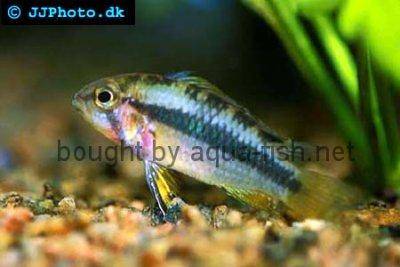

 Thread-finned
Thread-finned 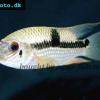 Acara
Acara  Yellow
Yellow  Patrick's
Patrick's  Blue
Blue  Green
Green 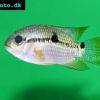 Acara
Acara  White
White  Compressed
Compressed 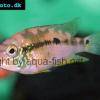 Pastel
Pastel  Midas
Midas  Red
Red  Bluemouth
Bluemouth  False
False 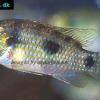 African
African  Agassiz's
Agassiz's  Banded
Banded 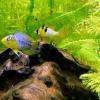 Yellow
Yellow  Cockatoo
Cockatoo  Blue
Blue  Blackstripe
Blackstripe  Highfin
Highfin  Redstripe
Redstripe  Threadfinned
Threadfinned  Macmaster’s
Macmaster’s 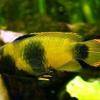 Panda
Panda 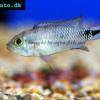 Blue
Blue  Thin-line
Thin-line  Three-striped
Three-striped  Viejita
Viejita 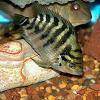 Flier
Flier  Archocentrus
Archocentrus  Convict
Convict  Seven
Seven  Spiny
Spiny  Oscar
Oscar  Sunshine
Sunshine  Chitande
Chitande  Firebird
Firebird  Midnight
Midnight  Lake
Lake  Sunshine
Sunshine  Aulonocara
Aulonocara  Nyasa
Nyasa 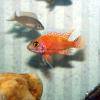 Ruby
Ruby  Grants
Grants  Aulonocranus
Aulonocranus  Chameleon
Chameleon  Benitochromis
Benitochromis  Orinoco
Orinoco  Yellow
Yellow 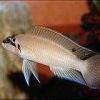 Brichard’s
Brichard’s  Guenther’s
Guenther’s  Southern
Southern  Cichla
Cichla 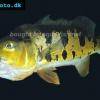 Peacock
Peacock  Chiseltooth
Chiseltooth  Bolivian
Bolivian  Red
Red  Many-pointed
Many-pointed  Jack
Jack  Red
Red  Three
Three 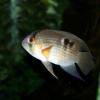 Keyhole
Keyhole  Azureus
Azureus  Red
Red  Jackson’s
Jackson’s  Crenicichla
Crenicichla  Honduran
Honduran  Blue-eye
Blue-eye  Afra
Afra 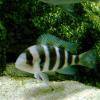 Frontosa
Frontosa  Slender
Slender  Malawi
Malawi  Chequerboard
Chequerboard  Checkerboard
Checkerboard  Malawi
Malawi  Ectodus
Ectodus  Tanganyika
Tanganyika  Canara
Canara  Green
Green  Rostratus
Rostratus  Pearl
Pearl 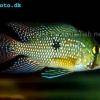 Geophagus
Geophagus  Yellowhump
Yellowhump  Suriname
Suriname  Redhump
Redhump  Red
Red  Dority’s
Dority’s  Argentine
Argentine 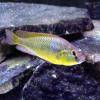 Burton’s
Burton’s  Victoria
Victoria 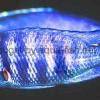 Haplochromis
Haplochromis  Jewel
Jewel  Banded
Banded 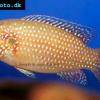 Lifalili
Lifalili  Lowland
Lowland  Texas
Texas  Pantano
Pantano  Severum
Severum  Banded
Banded 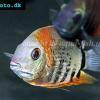 Severum
Severum  Rainbow
Rainbow  Parrot
Parrot  Chocolate
Chocolate  Brown
Brown  Marlieri
Marlieri  Golden
Golden  Striped
Striped  Masked
Masked 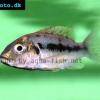 Konye
Konye  Blue
Blue  Trewavas
Trewavas  Electric
Electric  Dwarf
Dwarf  Redbreast
Redbreast  Lamprologus
Lamprologus  Gold
Gold 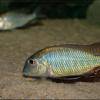 Greenface
Greenface 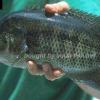 Mayan
Mayan  Aurora
Aurora  Blue
Blue  William’s
William’s 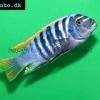 Zebra
Zebra  Malawi
Malawi  Blue
Blue 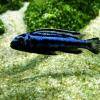 Blue
Blue  Mbuna
Mbuna  Parallel
Parallel  Purple
Purple  Flag
Flag  Bolivian
Bolivian  Ram
Ram  Basket
Basket 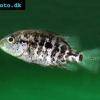 Haitian
Haitian  Zebra
Zebra  Striped
Striped  Neolamprologus
Neolamprologus  Brevis
Brevis  Fairy
Fairy 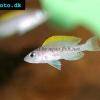 Neolamprologus
Neolamprologus  Cylindricus
Cylindricus  Hecq’s
Hecq’s  Neolamprologus
Neolamprologus  Lemon
Lemon  Mustax
Mustax  Daffodil
Daffodil  Six-bar
Six-bar  Five-bar
Five-bar  Marbled
Marbled 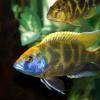 Giraffe
Giraffe  Blue
Blue  Sulphurhead
Sulphurhead  Wolf
Wolf  Jaguar
Jaguar  Blue
Blue  Marakeli
Marakeli  Madagascar
Madagascar  Pinstripe
Pinstripe  Pelmatochromis
Pelmatochromis  Kribensis
Kribensis 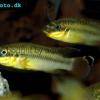 Striped
Striped  Red
Red  Deepwater
Deepwater  Fenestratus
Fenestratus  Nichols’
Nichols’  Southern
Southern  Bumble
Bumble  Demason’s
Demason’s  Slender
Slender  Red
Red  Mbuna
Mbuna  Malawi
Malawi  Kenyi
Kenyi  Powder
Powder  Altum
Altum  Angelfish
Angelfish  Angelfish
Angelfish 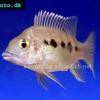 East
East  Juba
Juba  Earth
Earth 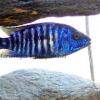 Electric
Electric  Azure
Azure 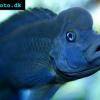 Lionhead
Lionhead  Discus
Discus  Blue
Blue  Red
Red  Zebra
Zebra  Brichard’s
Brichard’s  Blue
Blue  Firemouth
Firemouth  Zebra
Zebra  Yellow
Yellow  Blue
Blue  Dwarf
Dwarf  Blunthead
Blunthead 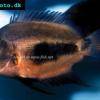 The
The  White
White  Twoband
Twoband  Fenestratus
Fenestratus  Window
Window  Tailbar
Tailbar  Black
Black  Redhead
Redhead 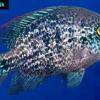 Oaxaca
Oaxaca  Xenotilapia
Xenotilapia